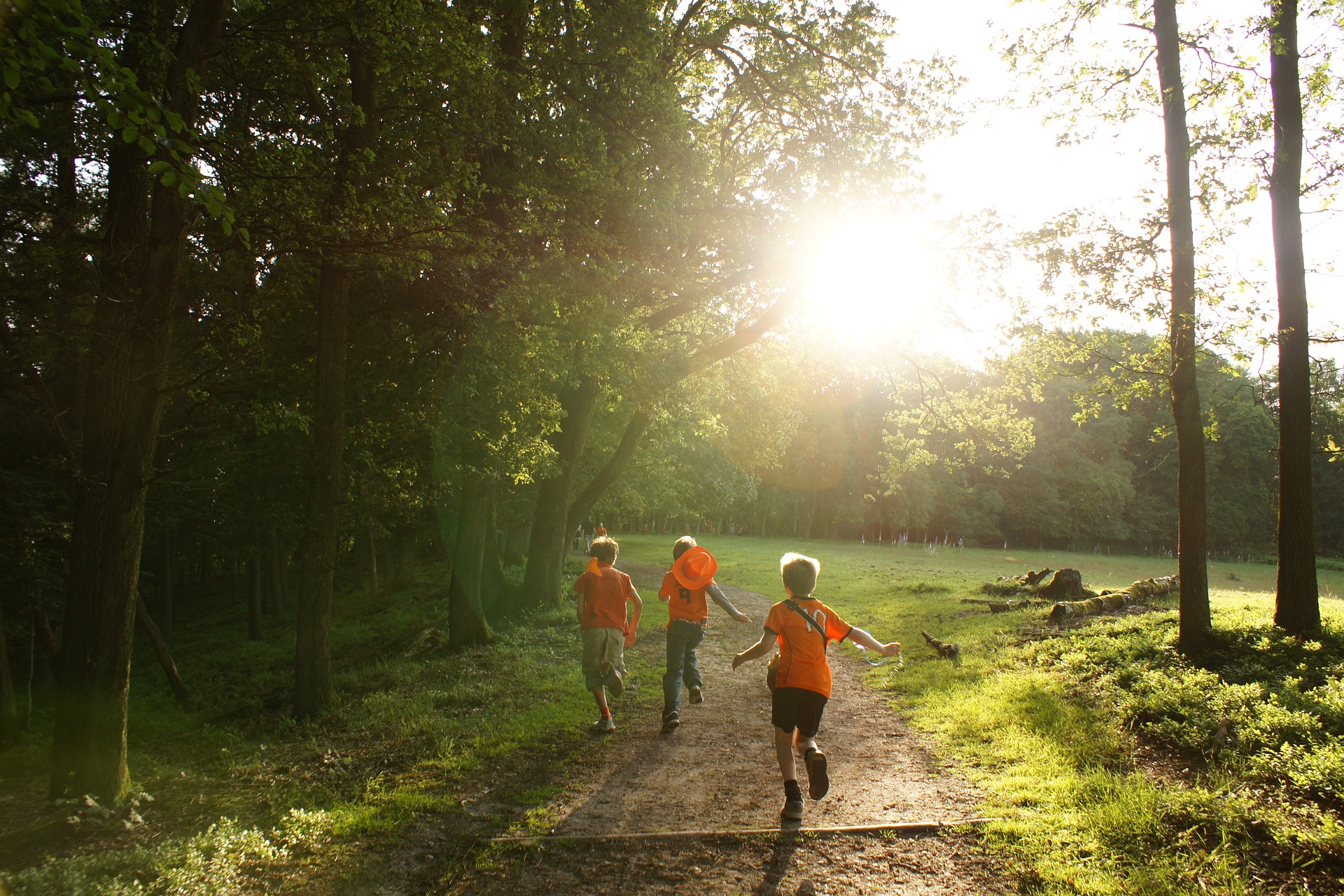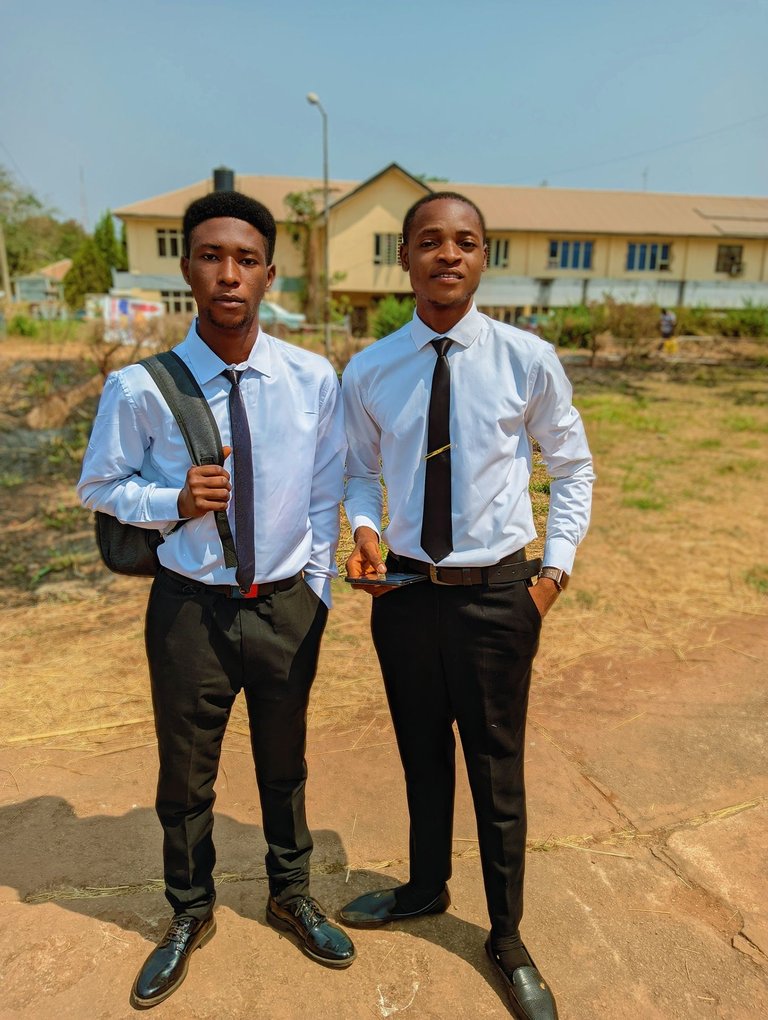Don't Break Your Bones: Simple Tricks for Maintaining the Bones' Well-being

Image by Jonathan Kamphuis from Pixabay
On the surface of things, the condition of bones seems to be very important to general health and happiness. Since they contribute to our bones. Bone wellness plays a role all over the lifespan of an individual, so one must comprehend the complex biology behind how bones grow, keep functioning properly, and transform. In the remainder of this article, we'll delve into the fascinating world of bone growth and look at the cellular and molecular ideas that make this process so complicated. As an added treat, I'll tell you more about how to take care of your bones to avoid diseases and accidents that affect bones. Read on to learn the inner workings of good bone growth, whether you're interested in the amazing biology of the human skeleton or just want to improve your well-being.
Your general wellness depends on the extent to which your bones are doing. The structure of our skeleton provides support and safeguards our bodily systems and cells, which makes it possible for us to move around, stand up straight, and do other routine activities. In addition to being important for structure, bones store chemicals like phosphorus and calcium that are essential for things such as blood clotting and keeping the immune system healthy.
Along with that, bones constantly change shape and form new cells, which are important for keeping their power and structure. So that we can stay mobile and independent as we get older, our bones continually transform to adapt to new mechanical stresses as well as other changes in our bodies.
Broken or weakly functioning bones, on the flip side, can be exceptionally detrimental to our psychological and physical well-being. Osteoporosis, broken bones, and other bone-related illnesses can cause pain, make it hard to do things, and lower the quality of life. So, a nutritious diet, regular physical activity, and other lifestyle choices can help people keep their bones healthy throughout their lives and lower their risk of bone-related diseases and accidents.
How Bones Get Made and Grow
Ossification, or the formation of bone, is a process that involves several stages that starts when mesenchymal stem cells change into osteoblasts. After that, these osteoblasts make and mineralized bone matrix.
In the course of foetal growth, bones are made in two primary ways: through intramembranous ossification and endochondral ossification. In intramembranous ossification, bone is made right inside the mesenchymal tissue. In endochondral ossification, cartilage models are made first, and then bone grows over them.
In both situations, the mesenchymal stem cells (MSCs) change into osteoblasts, make a bone matrix, and become mineralized. Osteoblasts make collagen and other extracellular matrix proteins which constitute the bone matrix. Moreover, they release alkaline phosphatase, which is necessary for the matrix to mineralize.
Osteoblasts become trapped in the calcified bone matrix and eventually change into osteocytes, which are in charge of repairing and reshaping bone tissue for the rest of one's life. By releasing communication molecules, osteoclasts and osteoblasts, respectively, control the activities of the other two.
The way bones grow and change is controlled by an intricate hierarchy of growth factors, signalling pathways, and transcription factors that work harmoniously together.
Osteoblasts, chondrocytes, and adipocytes are all types of cells that can come from mesenchymal stem cells (MSCs). MSCs are cells with unlimited potential that can change into many different kinds of cells. During the formation of bones, preosteoblasts come from MSCs and go through more changes to become osteoblasts. Osteoblasts are cells that make bones. They work to make and mineralize the bone matrix.
As part of the extracellular matrix (ECM) protein, part of bone growth, collagen and other proteins like osteopontin and osteocalcin are released. The proteins in question make up the structure that holds the bone cells together. Some of the growth factors and hormones that osteoblasts make are bone morphogenetic proteins (BMPs), fibroblast growth factors (FGFs), and transforming growth factor-beta (TGF-).
Bone morphogenetic proteins (BMPs) are particularly significant in controlling how bones grow and change. Bone morphogenetic proteins (BMPs) are proteins in the TGF- superfamily which perform crucial roles in the growth and development of osteoblasts, the mineralization of the bone matrix, and the regulation of bone remodelling during bone creation. When bone morphogenetic proteins (BMPs) bind to their receptors, signalling paths further down the cell are turned on. These paths can depend on or not depend on Smad.
Several components, such as growth factors, communication pathways, and transcription factors, control how bone tissue grows, but mechanical forces also play a part. Mechanical loading is a very important part of controlling bone production and reshaping because it supports the process of mineralizing the bone matrix and helps MSCs change into osteoblasts.
Bone tissue is alive, and it constantly undergoes transformation and reorganisation itself. Bone health and avoiding diseases linked to bones rely on keeping bone tissue in good shape and letting it change over time.
Bone reshaping is a constant balance between osteoblasts making new bone and osteoclasts breaking down old bone. Osteoclasts are the cells that control how bones break down and resorb. Hormones, cytokines, and growth factors all play a part in regulating how active osteoclasts are.
Together with each other, osteoblasts and osteoclasts make sure that bone tissue stays healthy and strong. Osteoclasts take out damaged or worn-out bone, while osteoblasts put good bone in its place. This change is called "bone remodelling."
Bone reshaping is important for good bone health and to prevent diseases like osteoporosis. People with osteoporosis, a disease that makes bones less dense and more likely to break, are at a much higher risk of breaking a bone.
Genes, food, physical exercise, and hormones all affect how bone tissue stays in good condition and transforms. Food containing high levels of calcium and vitamin D, which are both important for bone mineralization, can help keep bones healthy.
Regularly weight-bearing activities, such as walking or pulling weights, can help keep bones strong and dense. Among other hormones, oestrogen and testosterone can have a big effect on bone health and play important roles in how bones change.
Conditions that affect bone health
Different factors, like genes, habits, and surroundings, can affect how healthy your bones are. A good diet and regular exercise are important for bone health and avoiding diseases that affect the bones.
Calcium and folic acid in your diet are both important for bone health and growth. For bone formation to proceed, the element calcium is needed, and to take in calcium, the body requires vitamin D. This is an extremely significant aspect of the process. If you fail to receive enough of one of these vitamins and minerals, the density of your bone levels decreased and the chances of breaking a bone rise.
Vitamin K, along with magnesium, and calcium are among the minerals known to be vital to healthy bones. Vitamin K is a vitamin that facilitates the process of mineralizing bones, which calls for magnesium and phosphorus. Vitamin K is also needed for bones to develop properly.
A healthy diet and regular physical activity are both necessary to keep your bones robust. Regular physical activity that requires weight, such as strolling, running, or pulling weights, tends to increase bone density, stiffness, and elasticity. Injuries and fractures of bones are considerably minimised if you work out and improve your agility and balance.
Diet and exercise are also important to bone health, among other things. Both smoking and drinking alcohol are bad for your bone health. Smoking hurts both bone structure and bone development, and drinking too much alcohol can have a similar effect, making it more likely that bones will break.
Tips for Keeping Your Bone Structure
Taking care of your bones is important for your health as a whole. Here are some tips for keeping your bones healthy:
Make absolute provisions to get enough vitamins D and calcium, and eat foods consisting of dairy products, green veggies, and foods that have been enriched. If your food isn't giving you enough, you might want to think about taking a vitamin. You have the option of receiving vitamin D from the sun or by taking a pill. Another important thing you should practice is regular exercise, especially weight-bearing moves like running, walking, and weightlifting, which can help keep bones strong and dense.
If you smoke, Kindly quit immediately; doing so will improve the overall wellness of your bones and lower the possibility you will suffer from fractures and low bone density.
Accidents involving falls can cause fractures in bones, so it's important to do things like yoga and tai chi that build your core and improve your balance and rhythm.
Taking regular bone density tests can find reductions in bone in its infancy and help avoid injuries.
Drugs or additional medical procedures may be needed in rare cases to keep bones healthy, so be sure to talk to your healthcare provider concerning this.
By making healthy living choices, you can keep your bones healthy and avoid diseases that affect bones. Long-term bone health and strength can be kept up by doing things like getting enough calcium and vitamin D, doing weight-bearing exercises, quitting smoking, drinking less alcohol, doing balance and coordination drills, and getting regular bone density tests and if needed, medical treatment.
In the long run, having strong bones can be beneficial for your mental as well as physical wellness. The structure of the skeleton is important due to how it keeps the internal parts safe and protects the rest of the body. It also keeps minerals. Taking care of our bones is more important than ever as we get older, especially if we want them to stay robust and in good condition.
Bone health rests on several lifestyle choices, such as getting enough calcium and vitamin D, doing weight-bearing exercises regularly, not smoking, drinking alcohol in moderation, getting regular bone density screenings, and, if needed, medical care.
If you follow these recommendations, you can hopefully protect your bones and keep them healthy and strong throughout your lifetime. Always talk to a medical professional to find out what the best course of action to take is for your situation. With adequate attention and care, you can have healthy bones and good health for the rest of your days.
References
- Biga, L. M., Bronson, S., Dawson, S., Harwell, A., Hopkins, R., Kaufmann, J., . . . Runyeon, J. (n.d.). 6.4 Bone Formation and Development – Anatomy & Physiology. Retrieved from https://open.oregonstate.education/aandp/chapter/6-4-bone-formation-and-development/#:~:text=In%20intramembranous%20ossification%2C%20bone%20develops%20directly%20from%20sheets,to%20grow%20in%20length%20%28this%20is%20interstitial%20growth%29.
- Bone Development & Growth | SEER Training. (n.d.). Retrieved from https://training.seer.cancer.gov/anatomy/skeletal/growth.html
- Salhotra, A., Shah, H. N., Levi, B., & Longaker, M. T. (2020, September 8). Mechanisms of bone development and repair - Nature Reviews Molecular Cell Biology. https://doi.org/10.1038/s41580-020-00279-w
- 6.4: Bone Formation and Development. (2016, July 29). Retrieved from https://med.libretexts.org/Bookshelves/Anatomy_and_Physiology/Anatomy_and_Physiology_1e_(OpenStax)/Unit_2%3A_Support_and_Movement/06%3A_Bone_Tissue_and_the_Skeletal_System/6.04%3A_Bone_Formation_and_Development
- Bone Formation and Development · Anatomy and Physiology. (n.d.). Retrieved from https://philschatz.com/anatomy-book/contents/m46301.html
- Bone Formation and Development | Anatomy and Physiology I. (n.d.). Retrieved from https://courses.lumenlearning.com/suny-ulster-ap1/chapter/bone-formation-and-development/
- Setiawati, R., & Rahardjo, P. (2018, December 14). Bone Development and Growth. https://doi.org/10.5772/intechopen.82452
- How to keep your bones healthy. (2022, December 3). Retrieved from https://www.mayoclinic.org/healthy-lifestyle/adult-health/in-depth/bone-health/art-20045060
- Bone Health for Life: Health Information Basics for You and Your Family | NIH Osteoporosis and Related Bone Diseases National Resource Center. (2018, April 1). Retrieved from https://www.bones.nih.gov/health-info/bone/bone-health/bone-health-life-health-information-basics-you-and-your-family


Thanks for your contribution to the STEMsocial community. Feel free to join us on discord to get to know the rest of us!
Please consider delegating to the @stemsocial account (85% of the curation rewards are returned).
You may also include @stemsocial as a beneficiary of the rewards of this post to get a stronger support.